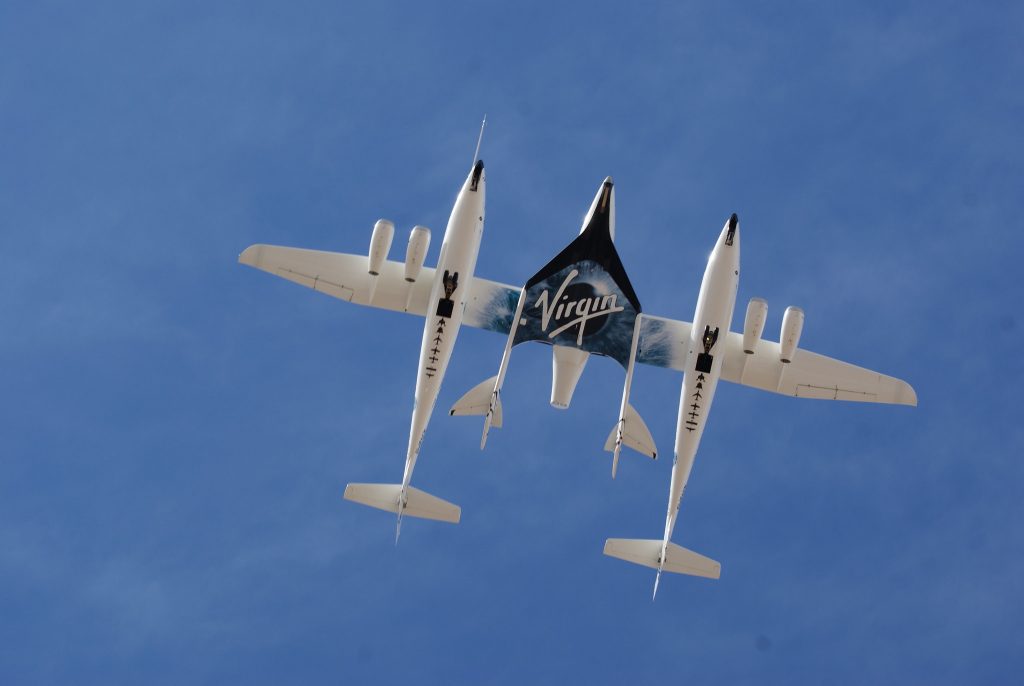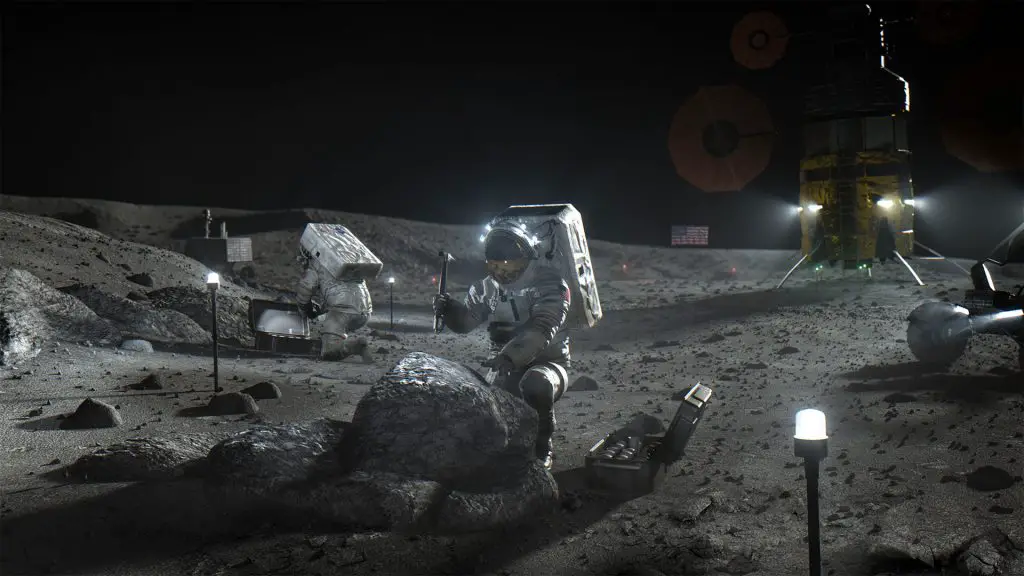Any links on this page that lead to products on Amazon and other companies may be affiliate links and we earn a commission if you make a qualifying purchase. Thanks in advance for your support!
Following the successful testing of Space X’s “Crew Dragon” and continuing work on the Boeing CST-100 Starliner, a fleet of new spacecraft will be entering service during 2020/1 to replace the current NASA/ESA reliance on the venerable Russian Soyuz spacecraft for Earth-orbit operations.

However, traditional cone-shaped capsules rely on parachutes and cannot return precisely to spaceports. (Crew Dragon Image David, Flickr)
Some spacecraft engineers argue that reusable winged spaceplanes would provide the best answer for future human spaceflight operations. So why are they no longer being used? First, some definitions, after a summary of contents:
What is a Spaceplane?
The key characteristics of “spaceplanes” are that they can both fly and glide when operating within the atmosphere, much like conventional aircraft, whilst also being able to operate beyond this area whilst in space, be it at sub-orbit or orbital heights.
Many are familiar with NASA’s Space Shuttle which launched vertically with attached rocket booster stages, but re-entered the atmosphere and landed horizontally on a runway as a glider.
Other winged spaceplanes have included the X15, SpaceShipOne and SpaceShipTwo, plus the Soviet era “Buran” space shuttle.
What is a space capsule?
Space capsules launch on rockets, operate in space and then re-enter as blunt-shaped spacecraft, generally landing via parachutes
away from spaceports.
Examples of capsules have included Vostok, Voshkod, Soyuz, Mercury,Gemini, Shenzou and Apollo spacecraft, with the new Orion, Space X Crew
Dragon and Boeing CST-100 Starliner capsules now coming into service.
Are the Spaceplanes out there?
Whilst companies like Space X, Boeing and Lockheed Martin focus on capsules for orbital and deep-space missions, some spaceplane development activity is in fact occurring.
Boeing has developed the uncrewed X-37 lifting body vehicle for the US Space Force, whilst SNC’s similarly automated Dream Chaser Cargo System lifting body spaceplane is planned for ISS operations from 2025.
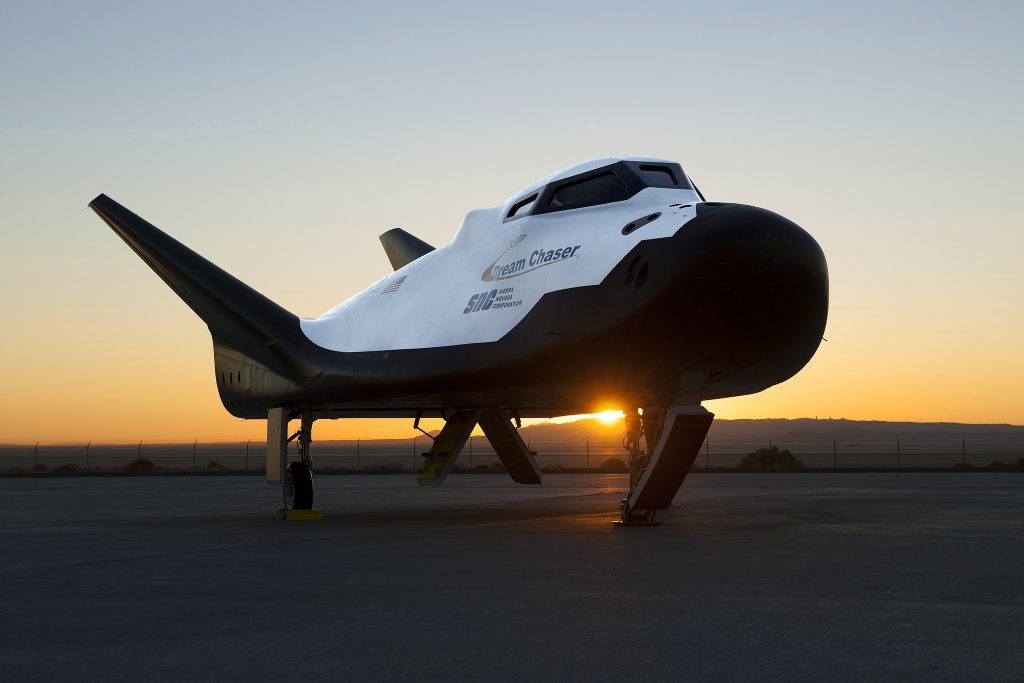
Robert Sullivan
China recently tested another small and similar un-crewed spaceplane vehicle in orbit, the Shenlong.
For sub-orbital operations , VG is now flying its SpaceShipTwo rocket-plane, taking its passengers to over 80 km heights into US-defined sub-orbital “near-space” altitude.
Longer term plans for advanced orbital spaceplanes are in the background. In the UK, Reaction Engines Inc. is testing the Sabre engines for the Skylon single-stage spaceplane and the long-standing Bristol Spaceplanes company still hopes that its Ascender and Spacecab/Spacebus vehicles will one day reach flight testing stages.
However, none of these spaceplanes are yet operational for human spaceflight. Why should that be?
Historic hopes
Science fiction from the 1930’s onwards always showed spaceplanes as being the expected approach for spaceflight operations, for both launching and landing.
Having rocket-planes with wings seemed the logical extension to high speed jet aviation, when applied to reusable spacecraft. In Stanley Kubrick’s 1968 movie “2001 A Space Odyssey” for example, Arthur C Clarke came up with a double-delta winged spaceplane and this seemed fully appropriate for the future.
Clarke’s conceptual rail-launched 30 passenger rocket-plane would, many expected, be typical of the new era of reusable spaceplanes that could open-up orbital access and liberate near-space, eventually allowing for future human settlements on the Moon, Mars and beyond.
These winged vehicles were an expected feature of the future of human spaceflight.
Enter the Space Shuttle
In the 1970’s NASA, followed by the then Soviet Union, was determined to develop reusable spaceplanes with precise runway landings and airliner style-operations – this resulted in the reusable Space Shuttle orbiter designed by the then North American Rockwell company and the Soviet “Buran” , first launching in 1981 and 1988 respectively.
Both US and Soviet spaceplanes required disposable launcher rockets though and they could therefore not be fully reusable at that time. The Buran would only achieve one un-crewed automatic flight and landing before it was abandoned in 1993 following the break-up of the Soviet Union.
The Space Shuttle was retired in 2011 after 135 flights. Despite its excellent achievements as a satellite and space-probe deployer, Hubble Space Telescope servicing vehicle and International Space Station (ISS) module launcher, the loss of the Challenger orbiter in 1986 and then Columbia in 2003 revealed its relatively fragile operational reliability and worrying level of safety.
Back to Capsules
So where are the spaceplanes now?
After the rocket-plane hopes of the early years of spaceflight were dashed, the reality now is that for the foreseeable future only 1960’s -style cone shaped capsules will fly astronauts to orbit and beyond. SpaceX’s Crew Dragon and Boeing’s Starliner orbital capsules follow this design.No precision landings on runways are possible and a reliance on a 60 year-old parachute approach for recoveries will still be needed, as used from 1961 for the Vostok, Voskhod, Soyuz, Mercury, Gemini and Apollo crew vehicles.
Deep-space flights will also be capsule-based for the near future. Lockheed Martin’s / ADS’s Orion craft – once referred to by NASA administrator Mike Griffin as “Apollo on steroids” – will travel to the Moon for Project Artemis and on to Mars in the future and will itself rely on parachutes and ocean landings. Partly re-usable, the 4- seat spacecraft is planned to operated in an un-crewed mode for the 2021 Artemis 1 mission around the Moon,with the first crewed flight, Artemis 2, completing a subsequent future lunar fly-by.
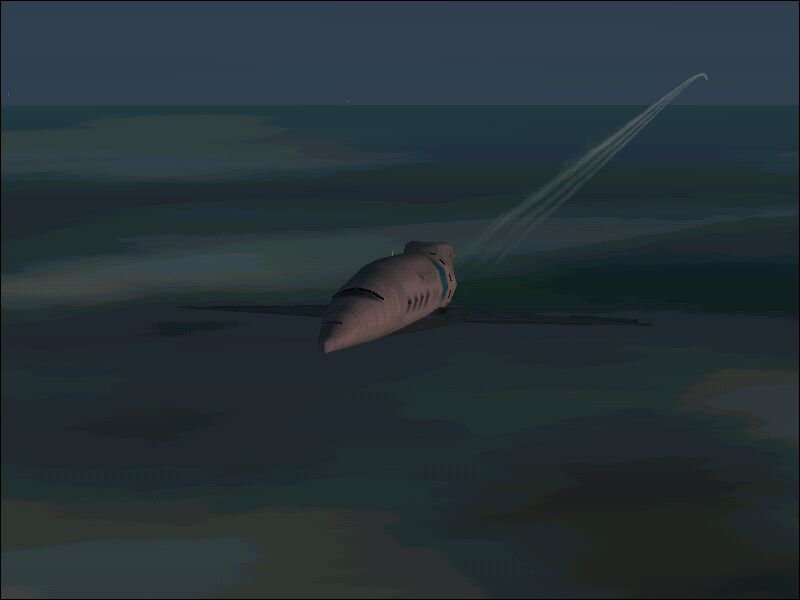
Russia is planning on developing a new crew vehicle as a replacement to the venerable Soyuz spacecraft that have been in service since the late 1960’s. These will be able to fly in orbital and deep-space configurations. Roscomos’s replacement, known as PTK NP or “Orel”, will be a 4-6 seat Orion-type partly reuseable capsule, although it has been rumoured that the capsule may be able to use rocket landing abilities, rather than a parachute recovery.
China’s emerging next-generation deep-space crew spacecraft is adhering to the Orion/Starliner capsule concept. Whilst it is intended to be partly reusable, this 3-crew ship that will access the future Chinese “Tianhe” space-station and one-day allow for flights to the Moon takes the “safe” approach, with an expendable launcher and parachute returns , albeit with air-bag land touch-downs.
India’s space agency ISRO is developing the Gaganyaan spacecraft, a 3 crew Soyuz-style design for orbital operations.
Clearly, these cone and bell-shaped space vehicles do provide a relatively safe and well-tried solution for human access to space, as they can make use of pad abort rockets and, because they possess stable shapes, they can survive near-vertical ballistic re-entry return profiles. For example, Soyuz MS-10 survived a staging failure of its Soyuz FG launcher in Oct. 2018, with the launch escape system successfully pulling the capsule clear at high altitude – the Shuttle and the Buran spaceplanes did not have this type of abort capability, though elaborate plans for a crew bail-out system were adopted for the Shuttle post the 1986 Challenger loss.
Spaceplane designs
So, are spaceplane approaches both viable and realistic?
Many spaceplane engineers would argue that spaceplanes can be made to operate safely , provided their Thermal Protection Systems (TPS) are made to function more simply and reliably – the two Shuttle losses for example were both due to the winged orbiter vehicle being stacked up against the launcher , with its delicate TPS tiles exposed to damage and with little early abort separation capability as a result of that design.
Safety and re-entry stability is a key to spaceplane operations. The emerging SpaceShipTwo (SS2) reusable spaceplane of Virgin Galactic’s (VG) that is intended for sub-orbital operations covering both space participant and microgravity research activity, as derived from Burt Rutan’s 2004 X-prize winner SpaceShipOne, provides wing-feathering to stabilise its re-entry and provide safe low g-load operations. Even this unique design requires a careful safety focus of course, with VG currently considering the provision of crew and passenger parachutes for extreme emergencies during launch or return vehicle failures.
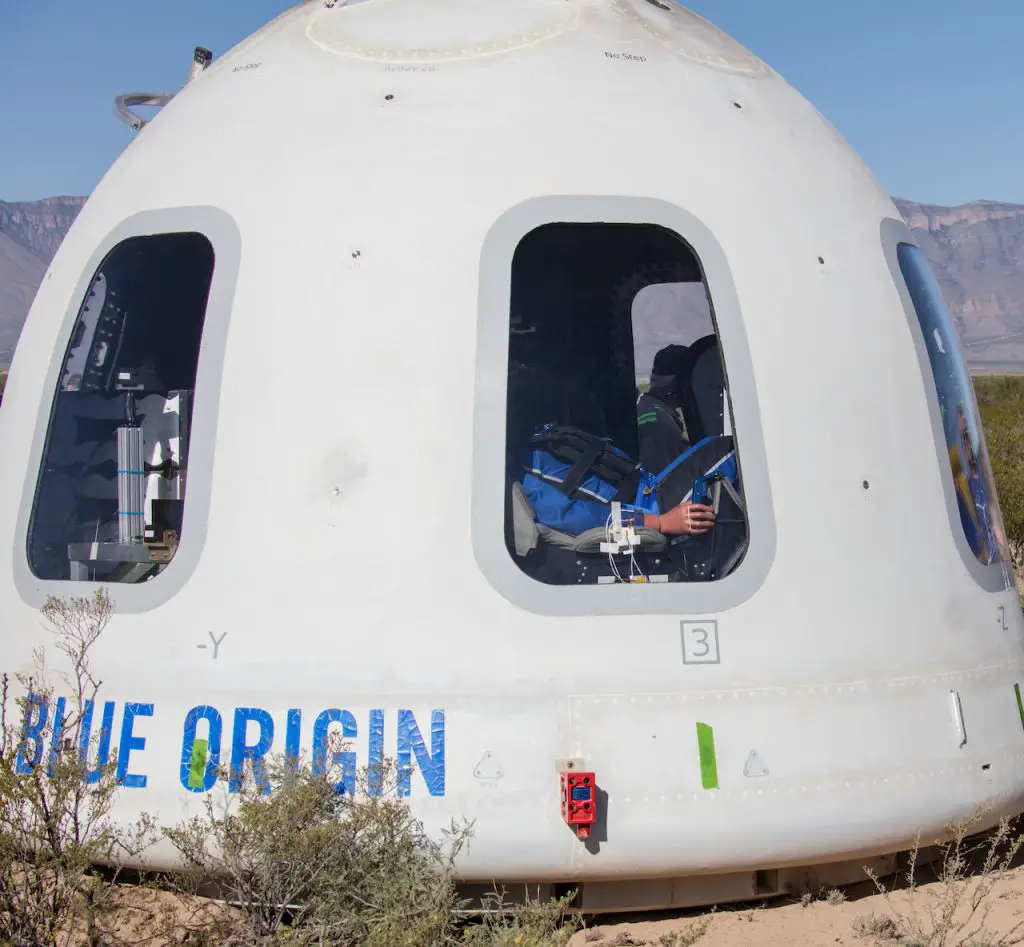
It should be noted that competing with VG for sub-orbital access is Blue Origin’s reusable rocket launched capsule approach, “New Shepard”. It offers a rocket flight experience, zero-g freedom at 100km heights, with parachute recovery of the capsule and no precise landing at the spaceport; it does have the positive characteristics of an abort capability and relatively simple operational requirements.
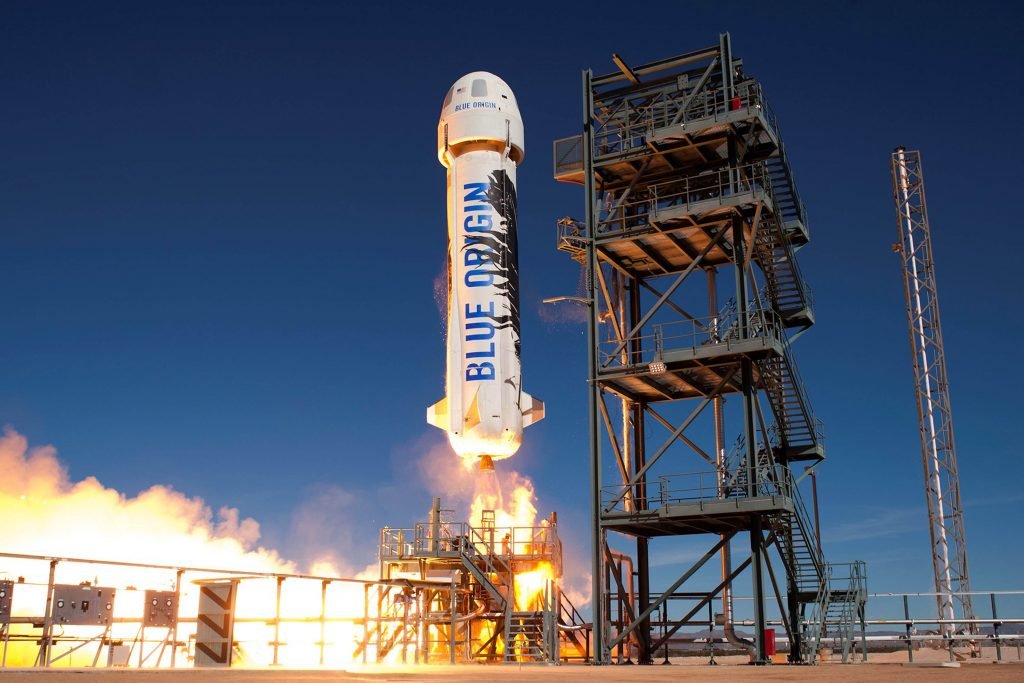
Many spacecraft engineers focus on spaceplane reusability and the spaceflight “holy grail” for launchers, a “Single Stage To Orbit” (SSTO) capability. Tsiolkovsky’s famous “rocket equation” essentially means that current technology cannot easily provide SSTO vehicles with a useful payload, as the weight of the O2 oxidiser needed to be carried is too great – “staging” is therefore normally required for human-rated spaceplanes.
So, is SSTO an achievable approach for spaceplanes?
How close are we to building an SSTO?
The reality is that simple turnaround space launcher SSTO designs are still awaited and the project development costs and challenges are great.
The high-speed sub-orbital and orbital NASP spaceplane and Lockheed Martin’s X30/X33 “Venturestar” were attempts at this goal, but both were both abandoned by NASA in 2001 for technical difficulty reasons, with fuel tank design problems, engine issues and huge TPS costs and weight.
The UK’s “Reaction Engine Inc” (RE) company and the hoped for “Skylon” SSTO spaceplane is an encouraging possibility for both high-speed intercontinental travel (the A2 design) and automated orbital flights .Its innovative air-breathing Sabre engine was designed and pushed forward by Alan Bond, Richard Varvill and John Scott-Scott of RE since the company’s formation in 1989 . If it becomes operational as a fully reusable launcher, it could be a game -changer for spaceflight, initially halving current launcher costs and progressively reducing them even further over its service lifetime.
Now receiving US-led investment, with UK Space Agency and BAe Systems backing, SSTO may be possible for RE’s Skylon with the air-breathing Sabre engine now being tested on the ground to Mach 5 and a flight demonstrator vehicle being planned. The full future development costs are expected to be heavy, approximately £12 bn plus, though this is less than the Airbus A-380 level of project investment which was estimated at £20bn in 2016.
UK-led Initiatives
Aerospace engineer David Ashford of Bristol Spaceplanes Ltd. has been studying spaceplane design for over 45 years and is a key proponent of winged spacecraft design for Earth orbit operations. He points out that sub-orbital access could have been developed and achieved in the late 1950’s via the enhancement of the UK’s Saunders Roe SR.53 and US NF-104 Starfighter rocket powered/jet aircraft.
Ashford believes that using relatively cheap, off-the-shelf parts and technology of that era, sub-orbital tourism flights via the small “Ascender” vehicle, a two-person Mach 3 jet/rocket powered runway take-off spaceplane, is viable.
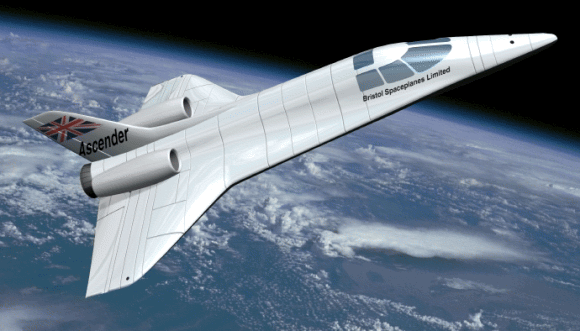
Gradual investment would occur in Ashford’s concept to develop the two-stage reuseable “Spacecab” and then the much larger “Spacebus” designs for orbital access. Getting to orbit requires about 25 times more energy than achieving sub-orbit altitudes.
Long term competition
Also emerging to compete with possible spaceplanes for the longer term is Elon Musk’s huge two-stage Space X “Starship” concept, currently being developed in South Texas at the Boca Chica spaceport. This spacecraft combination can land vertically and with precision at world-wide spaceports, with the booster stage returning to its launch pad and being captured by “chopstic” grab arms.
In an early stage of design and testing, the 100 seat “Starship” will of course require a massive investment, but Musk claims that it will one-day replace Space X’s successful but only part-expendable Falcon rockets and become a fully reusable system.
Reusable spaceplanes will always be the attractive alternative to traditional capsules designs that rely on parachute landings, provided airline-quality goals for safety and reliability can be established. In a resource-challenged world of the near future of course, funding such technology will be the key challenge to address.


